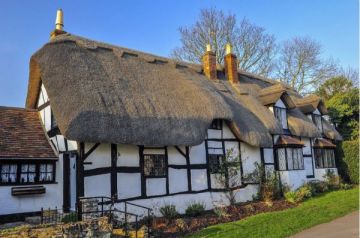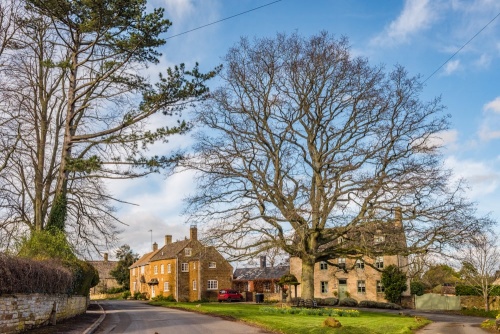
Barton-on-the-Heath is a pretty village in southern Warwickshire, near the county border with Gloucestershire and Oxfordshire. The village is centred on Barton House, a 16th-century manor house thought to have been remodelled by the famous architect Inigo Jones around 1612.
St Lawrence's Church
South of Barton House stands the 12th-century church of St Lawrence. Incorporated into a small window in the south chancel wall is a piece of Anglo-Danish sculpture dating to the early 11th century, suggesting that there was an earlier church on the same site.
Historical highlights inside St Lawrence Church include a Norman carving of a hare, two windows holding 14th-century stained glass, and the grave of Thomas Overbury, a descendant of the man of the same name who was famously poisoned whilst being held prisoner in the Tower of London by King James I.
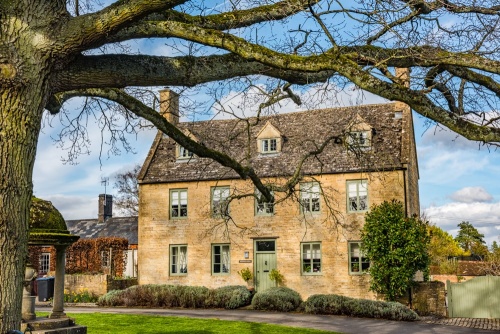
The Village Green
Many of the cottages that make up the village centre are clustered around the small triangular village green, east of Barton House.
In the middle of the green is an 18th-century wellhead under a dome. The wellhead is dated 1874 but that seems likely to be the date it was repaired and it is actually thought to date to a century earlier. The wellhead is composed of a dome mounted on three slender columns, protecting an urn decorated with carved flowers and drapery. At the base is a lead trough fed through a lion's head carving.
Beside the wellhead is a huge tree with spreading branches creating a canopy. Affixed to the tree trunk are four plaques commemorating important dates in the nation's history. The oldest plaque was fixed in 1935 to mark King George V's Silver Jubilee.
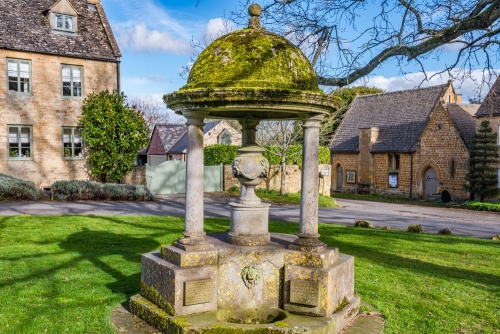
The second plaque was added in 1977 to mark Queen Elizabeth II's Silver Jubilee, while the third plaque dates to 1981 and commemorates the marriage of Prince Charles and Lady Diana Spencer. The fourth and final plaque was added in 2002 to mark Queen Elizabeth II's Golden Jubilee.
On the east side of the green is Hemmings Farmhouse, built in the early 18th century, while to the south is Campden Farmhouse, built in the late 17th century and remodelled in the Victorian period. Together, the cottages surrounding the green make up one of the most picturesque groups of historical buildings in south Warwickshire.
On the edge of the green is the Old Parochial Church School, built in 1854 and designed by the architect GE Street, one of the foremost architects of the Victorian period. Street's most famous commission was probably the Royal Court of Justice in London. The school closed in 1924 after years of financial problems. It is now used as the village hall.
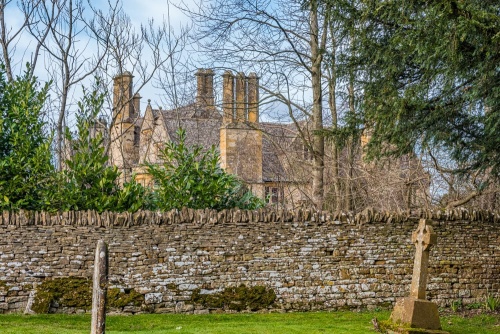
The Dover Family
Arguably the most famous resident of Barton-on-the-Heath was Robert Dover, who popularised The Cotswold Olimpick Games. Dover died in Barton in 1652.
A later member of the Dover family was Thomas Dover, born in Barton in 1660. Thomas Dover was known as 'Doctor Quicksilver' for his 'Dover's Powder', a remedy against colds and fever that continued in use until the 1960s. Dover was a member of the voyage that rescued Alexander Selkirk, the real-life castaway whose adventures inspired Daniel Defoe to write the novel Robinson Crusoe.
A few miles to the south of Barton is The Four Shire Stone, a memorial column on the former meeting place of four (now three) counties.
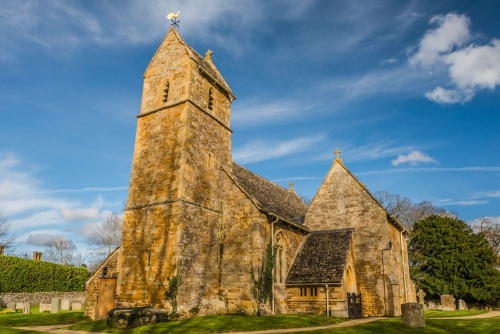
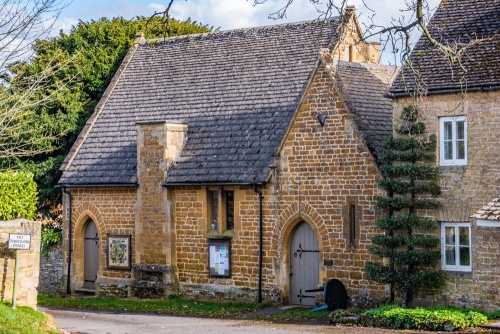
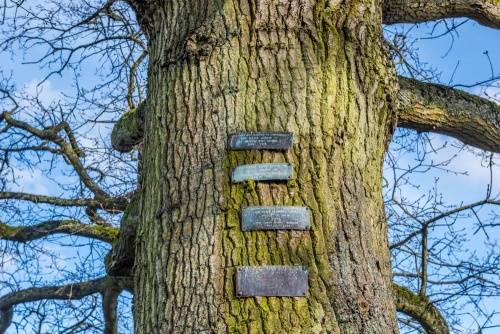
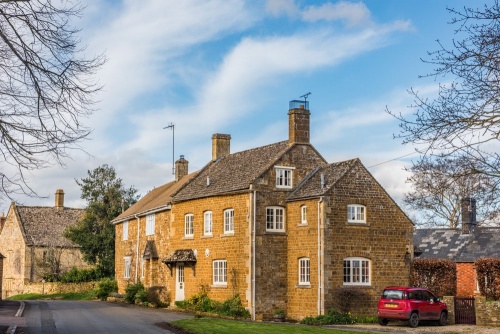
Getting There
Barton-on-the-Heath is reached by minor roads about three miles east of Moreton-in-Marsh and five miles north-west of Chipping Norton. There is no village parking, but we found it relatively easy to park along the road verge near the green.
We highly recommend a visit to St Lawrence's Church, one of our favourites in the area.
About Barton-on-the-Heath
Address: Barton-on-the-Heath,
Warwickshire,
England, GL56 0PN
Attraction Type: Village
Location: On minor roads three miles east of Moreton-in-Marsh.
Website: Barton-on-the-Heath
Location
map
OS: SP257325
Photo Credit: David Ross and Britain Express
HERITAGE
 We've 'tagged' this attraction information to help you find related historic attractions and learn more about major time periods mentioned.
We've 'tagged' this attraction information to help you find related historic attractions and learn more about major time periods mentioned.
Find other attractions tagged with:
NEARBY HISTORIC ATTRACTIONS
Heritage Rated from 1- 5 (low to exceptional) on historic interest
Barton-on-the-Heath, St Lawrence Church - 0 miles (Historic Church) ![]()
Great Wolford, St Michael's Church - 1.3 miles (Historic Church) ![]()
Four Shire Stone - 1.7 miles (Historic Building) ![]()
Long Compton, St Peter and St Paul - 1.7 miles (Historic Church) ![]()
Chastleton House - 2.2 miles (Historic House) ![]()
Todenham, St Thomas of Canterbury Church - 2.5 miles (Historic Church) ![]()
Lower Lemington, St Leonard's Church - 2.7 miles (Historic Church) ![]()
Rollright Stones - 2.7 miles (Prehistoric Site) ![]()
Nearest Holiday Cottages to Barton-on-the-Heath:
Barton-on-the-Heath, Gloucestershire
Sleeps: 4
Stay from: £692 - 2715
Moreton-in-Marsh, Gloucestershire
Sleeps: 4
Stay from: £614 - 1980
Moreton-in-Marsh, Gloucestershire
Sleeps: 5
Stay from: £568 - 2462
More self catering near Barton-on-the-Heath



